Utah Core
•
Curriculum Search
•
All Science - Secondary Lesson Plans
•
USBE Science - Secondary website
Lesson Plans
Strand 7.3: STRUCTURE AND FUNCTION OF LIFE
Living things are made of smaller structures, which function to meet the needs of survival. The basic structural unit of all living things is the cell. Parts of a cell work together to function as a system. Cells work together and form tissues, organs, and organ systems. Organ systems interact to meet the needs of the organism.Standard 7.3.1
Plan and carry out an investigation that provides evidence that the basic structures of living things are cells. Emphasize that cells can form single-celled or multicellular organisms and that multicellular organisms are made of different types of cells. (LS1.A)-
7.3 Metabolic Reactions
Unit Summary
This unit on metabolic reactions in the human body starts out with students exploring a real case study of a middle-school girl named M?Kenna, who reported some alarming symptoms to her doctor. Her symptoms included an inability to concentrate, headaches, stomach issues when she eats, and a lack of energy for everyday activities and sports that she used to play regularly. She also reported noticeable weight loss over the past few months, in spite of consuming what appeared to be a healthy diet. Her case sparks questions and ideas for investigations around trying to figure out which pathways and processes in M?Kenna?s body might be functioning differently than a healthy system and why.
Students investigate data specific to M?Kenna?s case in the form of doctor?s notes, endoscopy images and reports, growth charts, and micrographs. They also draw from their results from laboratory experiments on the chemical changes involving the processing of food and from digital interactives to explore how food is transported, transformed, stored, and used across different body systems in all people. Through this work of figuring out what is causing M?Kenna?s symptoms, the class discovers what happens to the food we eat after it enters our bodies and how M?Kenna?s different symptoms are connected.
This unit builds towards the following NGSS Performance Expectations (PEs) as described in the OpenSciEd Scope & Sequence: MS-LS1-3, MS-LS1-5, MS-LS1-7, MS-PS1-1, MS-PS1-2. The OpenSciEd units are designed for hands-on learning, and therefore materials are necessary to teach the unit. These materials can be purchased as science kits or assembled using the kit material list.
Additional Unit InformationNext Generation Science Standards Addressed in this UnitPerformance ExpectationsThis unit builds toward the following NGSS Performance Expectations (PEs): -
7.3 Structure Function of Life Lesson Plan & Resources
A Google Drive folder with 7.3.1, 7.3.2, 7.3.3 phenomenon-based, 5E lessons that align to the SEEd standards. Lesson folders include lesson plans, a slideshow, and supporting materials for teaching the lesson to your students. Students will learn about cells and cell function by looking at systems from big to small. First learning about how the digestive system works with the circulatory system to get food to cells. Students will investigate cells and their structure and function. -
7th Grade Specific Presentation_ UtSTA Presentation 2020
Google Slides presentations that contain three lessons. The first lesson is exploring why planets orbit the Sun (7.1.5), the second lesson is exploring patterns in California plate tectonics (7.2.5), and the third lesson is exploring the coronavirus (7.3.1).


 UTAH EDUCATION NETWORK
UTAH EDUCATION NETWORK

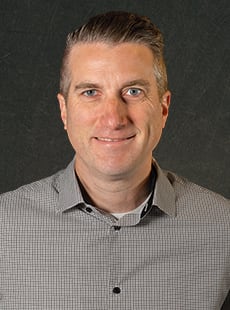 Justin
Justin Braxton
Braxton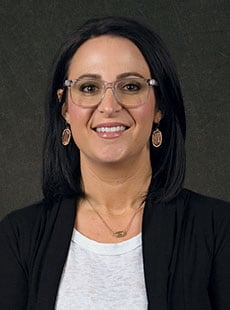 Dani
Dani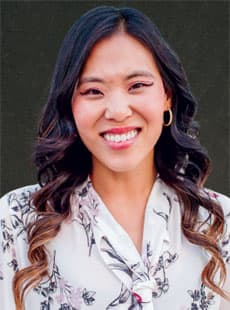 Kayla
Kayla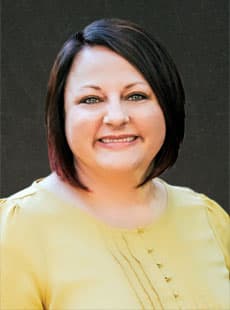 Katie
Katie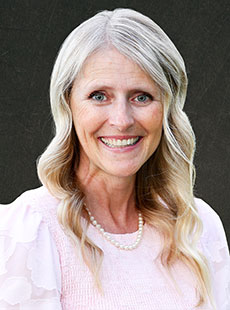 Lora
Lora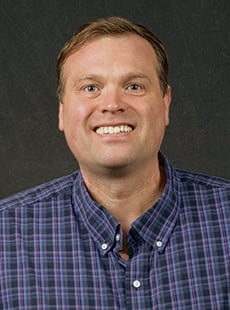 Rob
Rob Val
Val
